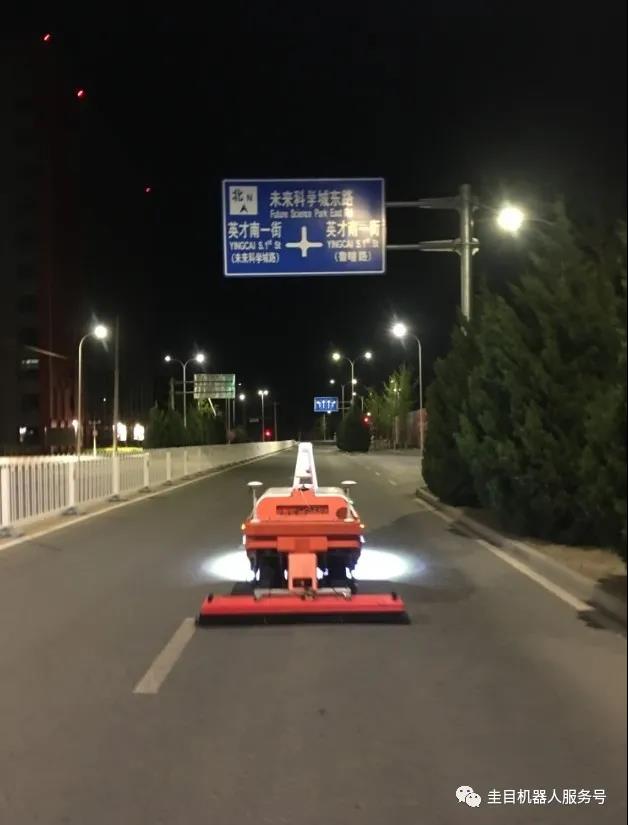


It is worth mentioning that in the future, the road in the Science City Park will adopt the mode of self construction and self maintenance within the group. Therefore, the quality, efficiency and cost of road maintenance have become the issues of particular concern. Guimu robot presents accurate, efficient and comprehensive road detection for owners, clearly describes the detailed attributes of each disease within 3 meters underground, including the type, shape, size and depth of the disease. Based on accurate disease data and intuitive disease description, it provides important basis and cost optimization reference for subsequent design and maintenance construction, making major repair into minor repair Minor repair becomes minimally invasive, thus greatly reducing the cost of road maintenance and operation, and responding to the needs of users to improve quality, increase efficiency and reduce cost to the greatest extent.
In the next step, Beijing future science city will formulate a follow-up accurate implementation plan for road management and maintenance in combination with road detection reports, and complete relevant maintenance projects in 2020.